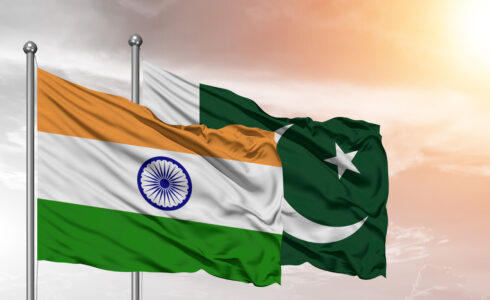
The lack of political will on both sides suggests there are slim chances of a major breakthrough in Indo-Pak relations.
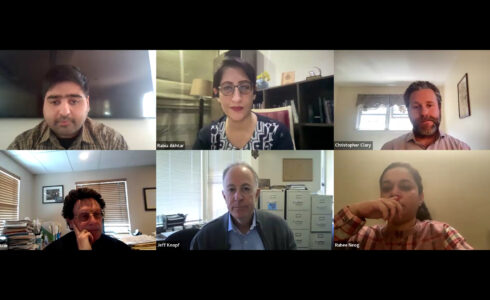
A webinar featuring Dr. Rabia Akhtar, Ruhee Neog, Dr. Christopher Clary, Dr. Jeffrey Knopf, and Dr. William Potter. Moderated by Syed Ali Zia Jaffery.
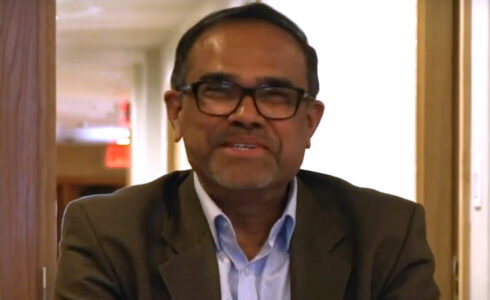
Video of a seminar with T.V. Paul.
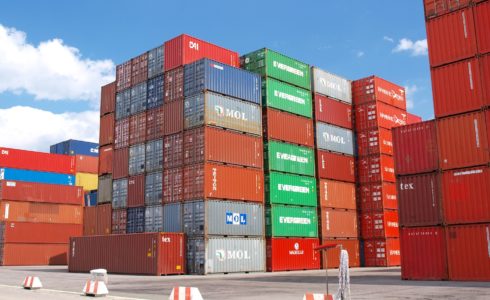
The program provided opportunities for government officials working on trade control-related areas to engage in intensive academic studies.
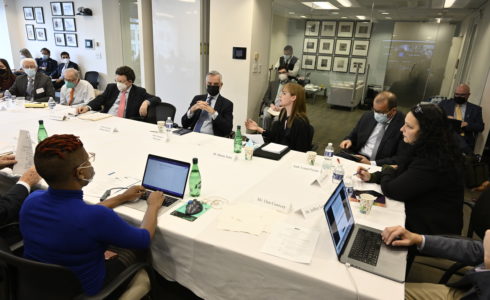
The CNS International Advisory Council held its annual meeting in Washington, DC on October 24, 2022.
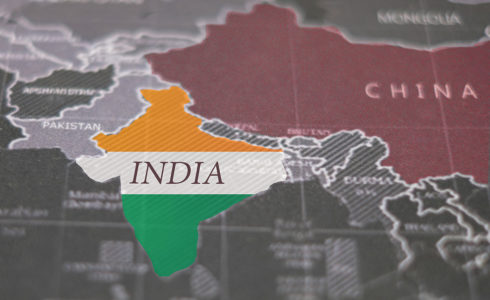
Although both China and India have never issued a nuclear threat to each other, Beijing often views New Delhi as a peripheral threat.
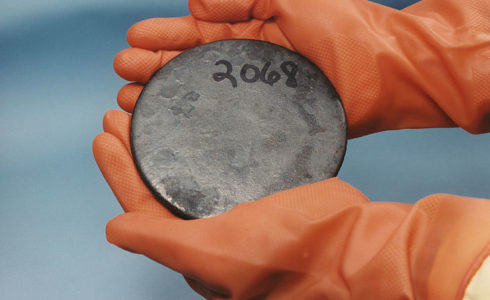
Results from a series of regional workshops and expert meetings by the fissile material cut off treaty (FMCT) expert preparatory group.
![Nonproliferation Review NPR thumbnail for posts [[Evergreen]]](https://nonproliferation.org/wp-content/uploads/2020/03/generic_blank_npr-490x300.png)
Includes a Special Section on the shifting South Asian nuclear landscape.